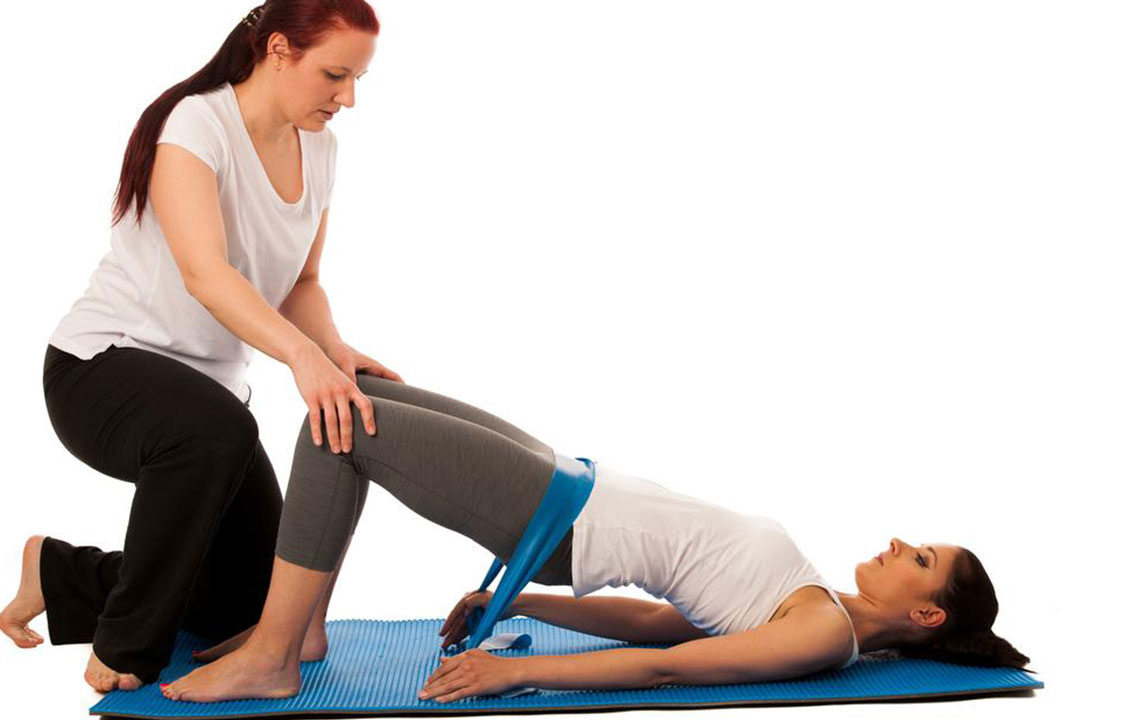Effective Techniques for Strengthening Pelvic Floor Muscles
Learn effective techniques to strengthen your pelvic floor muscles with proven exercises and innovative biofeedback devices. Improve urinary control and pelvic health through regular practice. Always consult healthcare professionals for personalized advice and guidance.

Effective Techniques for Strengthening Pelvic Floor Muscles
The muscles of the pelvic floor support bladder control and help keep pelvic organs in their correct position. Maintaining their strength is essential for overall pelvic health. Kegel exercises are a proven way to enhance these muscles’ strength. They are especially beneficial for managing stress incontinence—leakage during coughing, sneezing, or heavy lifting—as well as urgency incontinence and postpartum muscle weakness.
To perform Kegel exercises:
Identify the muscles involved in urination control.
Squeeze these muscles, hold for three seconds, then relax.
Ensure the abdominal and thigh muscles remain relaxed during exercises.
Gradually increase the squeeze duration by one second weekly until reaching ten seconds.
Perform at least three sessions daily, repeating each session ten to fifteen times.
Avoid doing Kegel exercises while urinating to prevent bladder issues.
Regular practice is crucial; if no improvement occurs after four months, consult a healthcare provider.
Using biofeedback during exercises can verify proper technique. Some devices provide auditory, visual, or tactile feedback to ensure correct muscle engagement. One innovative device, Skea (Smart Kegel Exercise Aid), combines gaming with exercise motivation. It features a game called Alice in Continent, where users advance Alice by contracting pelvic muscles, with real-time biofeedback indicating performance through calming pulses and visual cues. This device is nearing release.
Always consult with a healthcare professional before starting new exercises, especially if you have health concerns.
Note:
The information provided is for educational purposes only and is not a substitute for professional medical advice. Always seek guidance from qualified healthcare providers for diagnosis or treatment of health conditions. Use discretion when interpreting this content, and avoid self-medicating based solely on this information.










